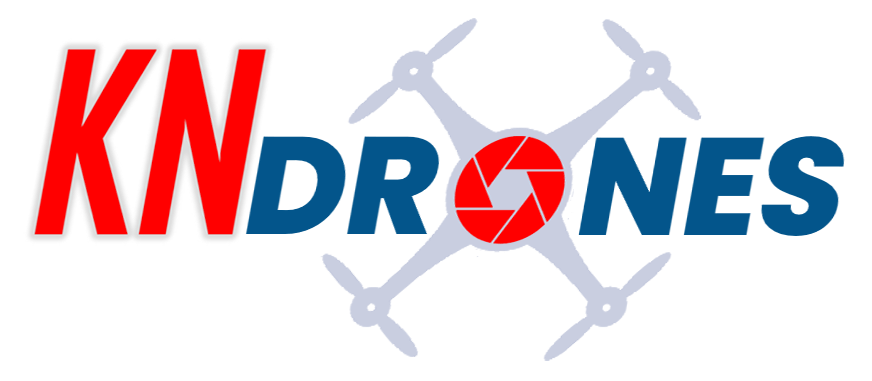Which drone to choose for photography?
- Are you in the Occitanie region? We'll deliver your drone by appointment, and we'll give you a hands-on training session.
- 30% discount on an "Initiation" course
- During the warranty period, we pick up the drone and follow up with the manufacturer.
The drone, a new tool for aerial photography
Among drone-related applications, aerial photography is a very accessible one, whether in the field of art or reporting, or in sectors linked to construction, civil engineering and the mining industry.
Imagine being able to view any infrastructure from the air, with unrivalled precision and detail!
The result is a rapid overview of the whole area, or of specific points that are difficult to access from the ground.
How to choose a drone for aerial photography?
To choose your equipment, you need to define your requirements, the main criteria of which are as follows:
- The quality of the image sensor as a camera (definition, sensitivity, aperture angle, zoom, sensor size, recording formats, burst mode, etc.);
- The drone's technical capabilities, such as ease of use and operation, flight autonomy and range, in-flight safety systems such as obstacle detection, battery discharge monitoring or weather resistance, and of course secure data transmissions;
- Compliance with the regulatory criteria defining the design and use of this type of aircraft.
A single sensor can be used to supplement photo capture with video.
Similarly, some drones are equipped with a box incorporating several sensors, including a thermal camera, enabling several types of image to be recorded in a single flight (visible and invisible) and compared.
As far as use itself is concerned, users will need to have been trained in remote piloting in accordance with regulatory criteria, unless the planned drone weighs less than 250g. This last, facilitating element may be a relevant response to the need to start up a business and realize the advantages of such a tool.
Sectors concerned
In the field of construction and civil engineering, the use of drones for photography offers many advantages. You can easily carry out visual inspections of structures such as bridges, buildings or roads, quickly identifying potential problems such as cracks, damage or areas of wear. This means you can take preventive action more quickly, and reduce the costs associated with manual inspections or heavy equipment.
In the mining industry, drones have become essential tools for monitoring extraction sites and equipment. Aerial photographs can be used to assess the condition of excavations, identify safety zones and plan work more efficiently. In addition, drones can be used to monitor the environmental impact of mining operations, helping to prevent ecological risks and ensure regulatory compliance.
In the environmental and energy fields, drones offer valuable perspectives for assessing the state of ecosystems, monitoring biodiversity, tracking climate change and inspecting energy installations. Aerial photography enables environmental data to be collected more efficiently, providing valuable information for research, conservation and sustainable development.
Benefits
Using drones to capture aerial photographs offers many advantages.
Improved operational safety
Workers are no longer exposed to unnecessary risks, such as falls from height or hazardous environments.
Cost reduction
The use of drones for technical inspections, for example, reduces overall costs. Traditional inspections often require considerable human and material resources, as well as downtime. Thanks to their agility and speed of movement, drones can cover large areas in a short time, with reduced resources and without interruption.
Access to difficult areas
Drones can reach places that are difficult for humans to access due to the terrain or environment. The size and height of an element to be photographed are no longer an issue, thanks to the drone's flight envelope.
Quality of data collected
Thanks to their stabilized flight capability and advanced sensors, precise, consistent data can be obtained, enabling professionals to carry out in-depth analyses through photos, and detect anomalies or potential problems with great precision.
Visual documentation / library
Capturing photographs by drone facilitates documentation and communication of results. Visual records can be used for inspection reports, before-and-after comparisons, and to share information with internal or external stakeholders. Data archiving also enables long-term factual monitoring.
Conclusion
Whether for technical inspection or other purposes such as surveillance or vacation souvenirs, the drone's ability to capture images at a very high level has made it an indispensable tool in many sectors. It offers significant advantages in terms of safety, efficiency and cost, providing precise, easily exploitable information on the condition of various installations without having to take unnecessary risks.

